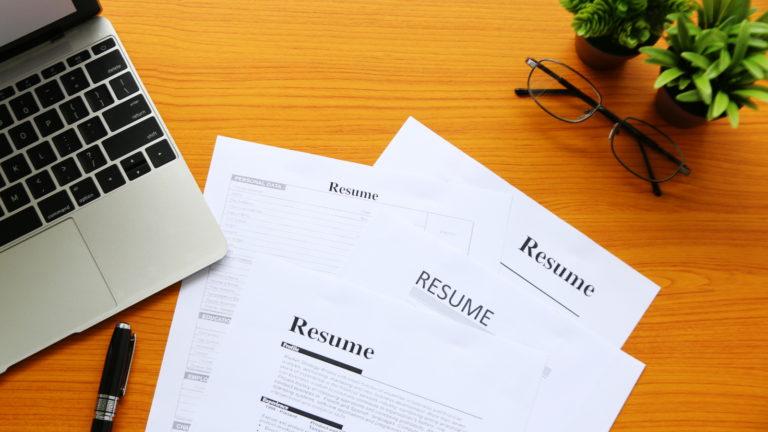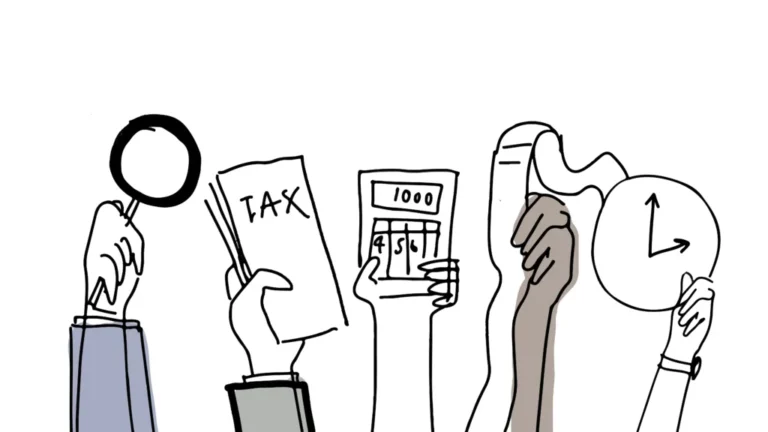Face-to-face job interviews have existed for centuries, but they have evolved significantly. You are mistaken here if you think you’ll be asked the same questions and undergo similar interview rounds.
In the early days, face-to-face job interviews were used primarily for entry-level positions. But, the recruitment world has changed, and you will experience a different hiring process with each organisation. With increasing competition in the job market, face-to-face interviews are becoming increasingly common for all positions.
There were times when interviews didn’t even exist. So how did it begin, and how has it changed over the years? We will answer it.
How Did It Start?
The beginning phase didn’t have jobs; people just strived to survive.
1700-1800:
People inherited professions that did not require interviews. After 1800, the industrial revolution started creating low-skilled jobs. With time, technology began to rise, which led to the generation of job opportunities.
1920:
The year 1920 and onwards saw a rise in college education. Then came telephonic interviews and the advent of the Internet.
2003-2005:
Platforms such as LinkedIn and YouTube came into the picture. The advent of these platforms brought an opportunity for employers and employees to interact in real-time and learn about an organisation through its YouTube channel. Both platforms attracted millions of job seekers who capitalised on their potential to seek employment opportunities.
2006:
Job seekers started looking for employers on social media. There has been a growing trend towards using video conferencing for job interviews.
Present:
Employers conduct virtual interviews for remote hiring. Additionally, headhunters look for candidates’ profiles online and even seek recommendations through social media.
Pros & Cons of Face-to-Face Interviews
There are a number of reasons why face-to-face job interviews are still considered to be the gold standard for hiring.
-
First, they allow for a more personal connection between the interviewer and the interviewee. This can help build rapport and trust, which is essential for a successful working relationship.
-
Second, face-to-face interviews allow the interviewer to assess the interviewee’s communication skills, personality, and overall fit for the role.
-
Third, face-to-face interviews can answer any interviewee’s questions about the company or the position.
Despite the advantages of face-to-face job interviews, there are a number of challenges associated with them, such as:
-
They can be time-consuming and expensive for both the employer and the interviewee.
-
They can be difficult to schedule, especially if the interviewee is located in a different city or country.
-
Face-to-face interviews can be intimidating for some interviewees, which can make it difficult for them to perform at their best.
Here are some of the key factors that have influenced the evolution of face-to-face job interviews:
-
Technology: The development of new technologies, such as video conferencing, has made it possible to conduct interviews in new ways.
-
Cost: The cost of conducting face-to-face job interviews has decreased over time, making them more accessible to a wider range of employers.
-
Convenience: Face-to-face job interviews can be time-consuming and inconvenient for both the employer and the interviewee. Video conferencing offers a more convenient alternative.
-
Accuracy: Face-to-face job interviews are often seen as being more accurate than other forms of interviews, such as phone interviews. However, if conducted properly, video conferencing can be just as accurate as face-to-face interviews.
-
Flexibility: Face-to-face job interviews can be tailored to the employer’s specific needs. Video conferencing can also be flexible, but ensuring the technology works properly is important.
The Future of Interviews
The future of interviews is technology. As HR practitioners strive to conduct fair interviews, the market is turning to technology. The technology adoption is seen in the early stages of the hiring process — attraction & screening. And it spreads throughout the recruitment journey. Undoubtedly, the tools are modernising, streamlining, and improving the hiring process.
The future of interviewing is exciting and will put employers in a better position to make informed decisions. In addition, technology and software boost the chances of hiring the right candidates, owing to modern resources’ accuracy, efficiency, and fairness.
ALSO READ: The Future of HR: Predictions and Analysis
How to Prepare for the Future of Interviewing?
Job seekers cannot afford to lose a job opportunity because they weren’t prepared enough. So here are a few tips for job candidates to strengthen their game and ace the interviews.
1. Prepare for a virtual interview
Virtual interviews are the new normal. Employers are moving on from the concept of conducting in-office interviews. However, that does not mean employers do not want to see how candidates carry themselves. Therefore, even in preliminary interviews, candidates may have to go for online interviews, which seem like they are face-to-face.
2. Research about the company
Nowadays, companies expect candidates to research them before appearing for an interview. So take time to surf the information on the company’s website or social media platforms. Once you have obtained all the relevant information, you can effectively demonstrate your value and potential.
Tip for job seekers: Do your homework. Come well-researched.
3. Know about the hiring manager
Your work does not end with knowing about the organisation. In fact, you must also track down the hiring manager’s details and the title. Look for them on platforms like LinkedIn. The more you know about the interviewer, the better you can know what they require and address their requirements.
Tips for job seekers: Do the proper research at the right place.
4. Figure out what to wear
This may seem off-track because modern interviewing does not involve in-person interaction. But most employers prefer platforms such as Zoom & Google Meet to interview candidates. This means the candidate can be asked to keep the camera on during the process. For that reason, the interviewee must figure out what to wear.
Tips for job seekers: Dress your best.
5. Perform a technical trial run
Get familiar with the webcam and microphone. Understand how they work in advance and ensure their audibility and clarity. Have a friend or a family member by your side who can assist you in doing a trial run. Check the technicalities of your device beforehand to prevent last-minute chaos.
Tips for job seekers: Check before you begin.
RELATED READ:
- Skills to Master Before Your Next Job Search
- How to Answer “Tell Me About Yourself” in an Interview
- How to Ask the Right Questions at the End of an Interview
The Bottom Line
Whether you are a recruiter or a job seeker, we know your plate is full. While it may seem lucrative to get into a routine, the trends of the corporate world keep changing. It is time to adapt to the changes, with virtual interviews gradually replacing face-to-face interviews.
The formula to embrace change is continuously upgrading your knowledge about current trends. An employer can modernise the hiring process and integrate technology to facilitate smooth interviews. And job seekers can prepare themselves to sail through unfamiliar yet modern hiring processes.
We at Cornerstone Global Partners (CGP) Singapore are here to help!
Whether you are waiting to land your dream job or looking for star candidates to join your team. We can assist you and make your journey hassle-free. View the diverse role our team of expert recruiters are currently hiring for, or get in touch with one of them to discuss your needs.








